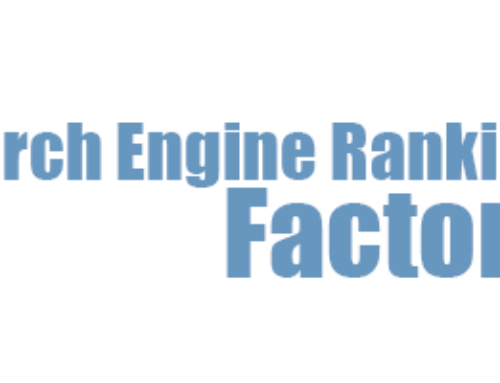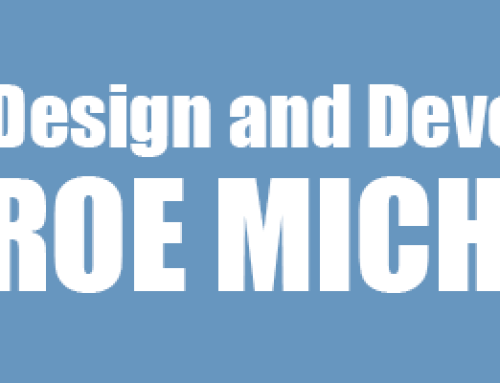Website design in Ann Arbor Michigan can be daunting. However, we have come up with some good ways to leverage SEO and getting found online. If you’re already an established website and are generating traffic by getting found, the next objective is to keep that traffic on your website.
What you don’t want is a high bounce rate. If your bounce rate is high this can mean that most of the website traffic entering your website leave without navigating to any other pages. With this type of web traffic it can also mean those visitors never come back. This is not something you want. Below are some design guidelines you should follow to help with your website’s user experience.
Give your new and returning users a reason to come back.
So, you’re probably wondering what people think about your website when they see it for the first time.
Here are some of those questions:
- Is it trustworthy?
- Does it look professional?
- How can I find what I want or need?
- Does this site make me feel welcome?
These are important questions to ask yourself when designing your website. Understanding that design can be important can help your website, however, people can put too much into the design and not enough time into how it works. Don’t spend a large amount of time on design. Give yourself a timeline and stick to it.
Tips for a Website Design in Ann Arbor Michigan:
Use of Colors:
Try to use colors that draw attention to specific elements that you want them to focus on. If you try to make everything jump out at once, navigation can be confusing. Avoid a large mix of colors on your website, and instead, pick two to three colors for your WordPress theme and digital marketing materials.
Animations, Gadgets, and Media:
Don’t use unnecessary elements. Using Flash animations because you think they look good on your website is the incorrect strategy. Most of these elements can slow down your website and create a horrible experience for your audience. Good thing about using WordPress and a professional theme is that they have built-in shortcode that pulls these elements for you. All you have to do is add a little shortcode to your page and you can have elements that support your content.
Layout:
Make sure to layout a clear navigation structure for easy navigation. This helps organize page elements in a fashion that can create ease-of-use for all your audience. Do your best to create a good UX experience and avoid clutter!
Typography:
Making sure your website is legible is very important. Use fonts, font sizes, and font colors that are legible. On parts where it’s needed use bullet lists, section headers, and short paragraphs. Make sure information flows well. You don’t want information flowing right to left. Make it flow from left to right and top to bottom. Try to keep your background white with dark text. It’s more legible and distinguishable to your audience.
Make sure that you understand that your visitors are ultimately after good content, but if you don’t have a design that allows your good content to stand out visitors will leave as soon as they enter. Make sure your first impression is a great one! Don’t let bad design push away prospective customers.








